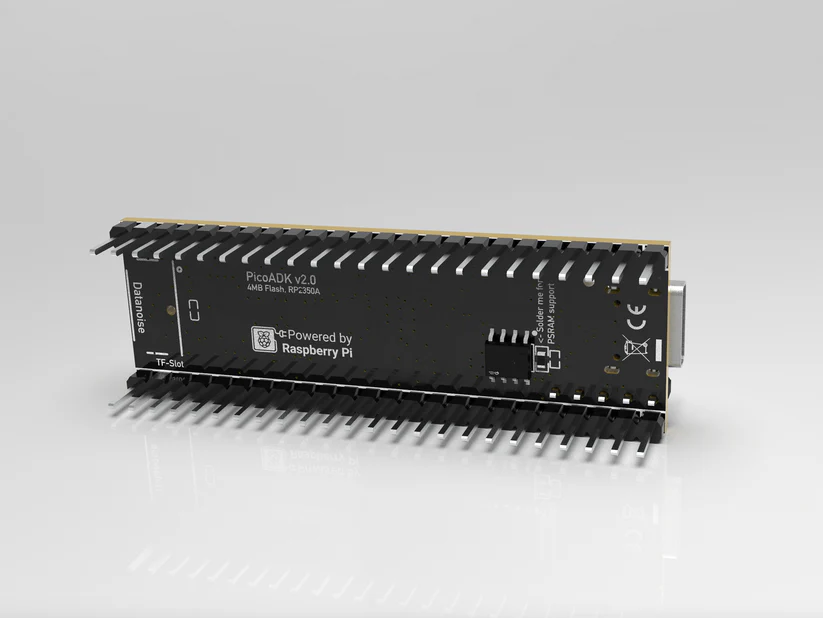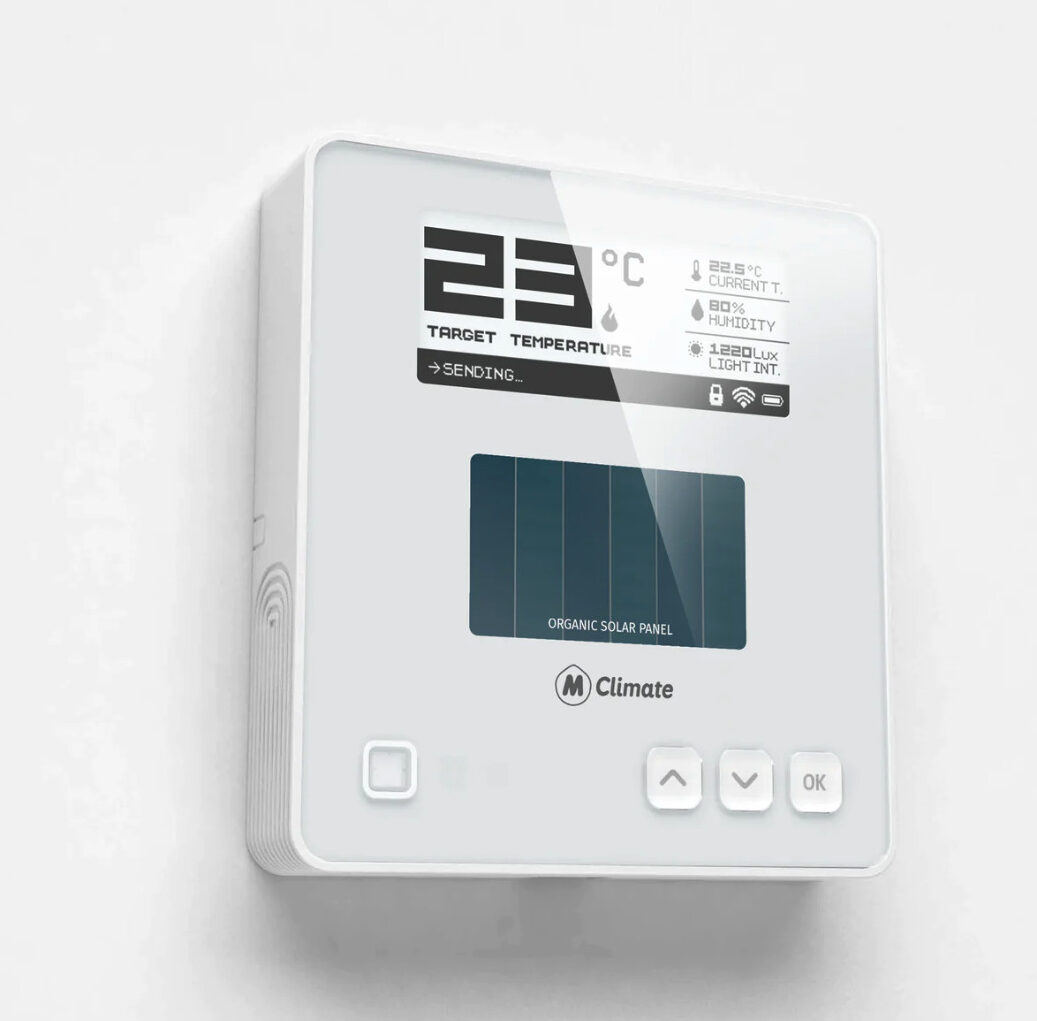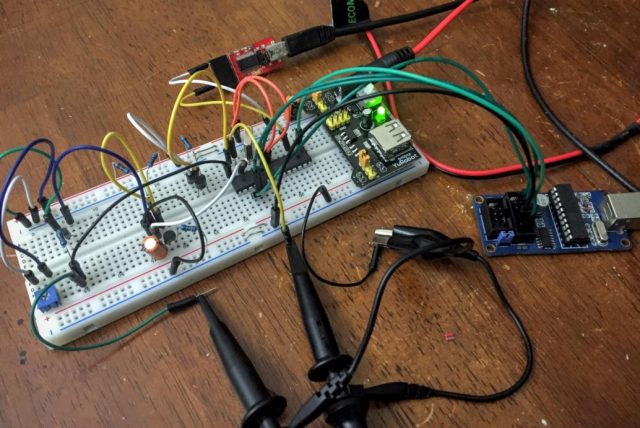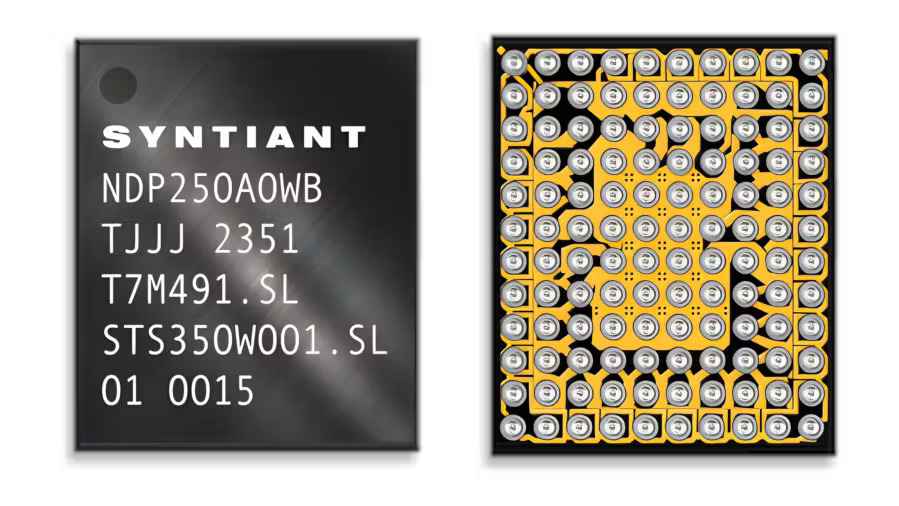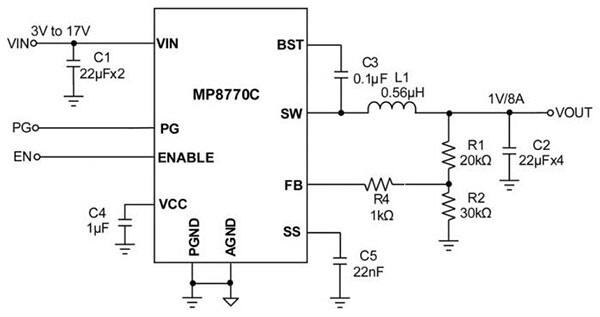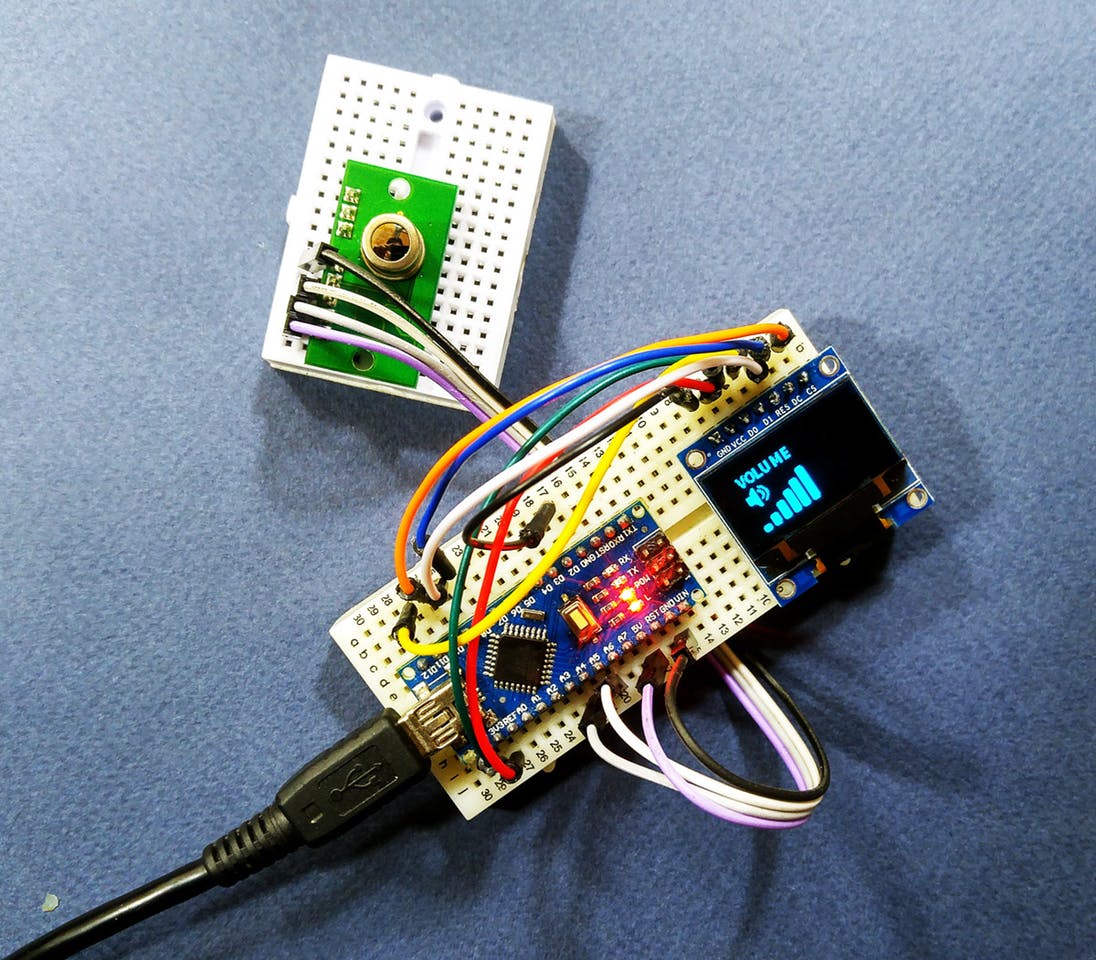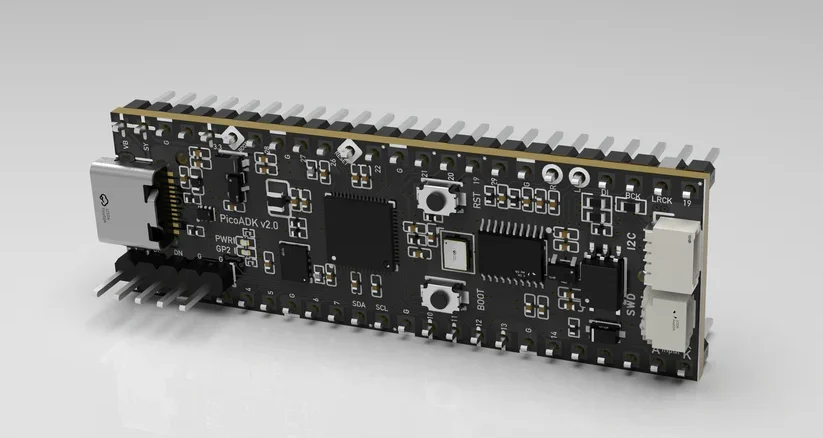
Datanoise PicoADK v2: a DSP with Raspberry Pi RP2350A

Datanoise is a Berlin-based music hardware company, that recently released the PicoADK v2 by Datanoise, the successor to PicoADK v1 is designed for Audio Digital Signal Processing (DSP). It is a Synthesizer Development Platform used for building and experimenting with sound synthesis. It provides the essential building blocks like processing power, inputs/outputs, and libraries for audio processing.
Features of the Datanoise PicoADK v2
The PicoADK v2 has a Raspberry Pi RP2350A MCU. It has a dual-core and provides a choice between Hazard3 RISC-V or Cortex-M33. Including a Floating Point Unit (FPU), the PicoADK v2 can perform complex mathematical computations for real-time audio processing and synthesis tasks. It has a 4 MB QSPI Flash Memory as well as an optional 8MB QSPI PSRAM. These provide overall enough storage not only for code and data but also for additional tasks that may require more RAM. Datanoise has also made provision for a TF-Card (MicroSD) for external storage in case the project requires more storage.
It also supports SPI and SDIO 4-bit mode for more flexibility with storage. PicoADK v2 is equipped with a SWD (Serial Wire Debug) port as well which provides a two-pin interface for debugging, making it simpler and more efficient. It especially helps for in-depth control and fine-tuning of audio processing code and performance. It also has a MIDI In circuit with an optocoupler used for interfacing a microcontroller or synthesizer platform with MIDI (Musical Instrument Digital Interface) devices.
Specifications:
- Raspberry Pi RP2350A MCU
- 4 MB QSPI Flash
- TF-Card (Micro)
- Optional 8MB QSPI PSRAM
- QUIIC / I2C Connector
- SWD Debug Port
- MIDI In-Circuit with Optocoupler
- Pre-soldered Pin Headers
- Power LED
- User LED
- Type-C port
- 5-pin USB pins
- I2S Pins
The PicoADK v2 and PicoADK v1 both offer a great platform for audio digital signal processing (DSP). There are a lot of improvements from the first version. The v2 is powered by a dual-core processor while the v1 doesn’t have that. This gives it higher processing power. It has significantly better computing power. This means The v2 provides more memory for processing and can perform larger and more complex projects as compared to the v1. The additional QSPI Flash and optional PSRAM allow for quicker data retrieval and handling of larger audio samples or more intricate synthesis algorithms. The integrated FPU and increased memory support more sophisticated DSP operations, improving the quality and responsiveness of audio processing.
PicoADK v1 is a good option for simpler applications, budget-conscious users, and projects that do not require the features of the new version. The PicoADK v2 offers enhanced processing power, expanded memory, and a better feature set needed by advanced users and complex audio projects. Its flexibility makes it a great choice for developers, musicians, and educators looking for a versatile synthesizer development platform.
The PicoADK v2 by Datanoise is only available online at the moment. You can visit their product page for more information.





